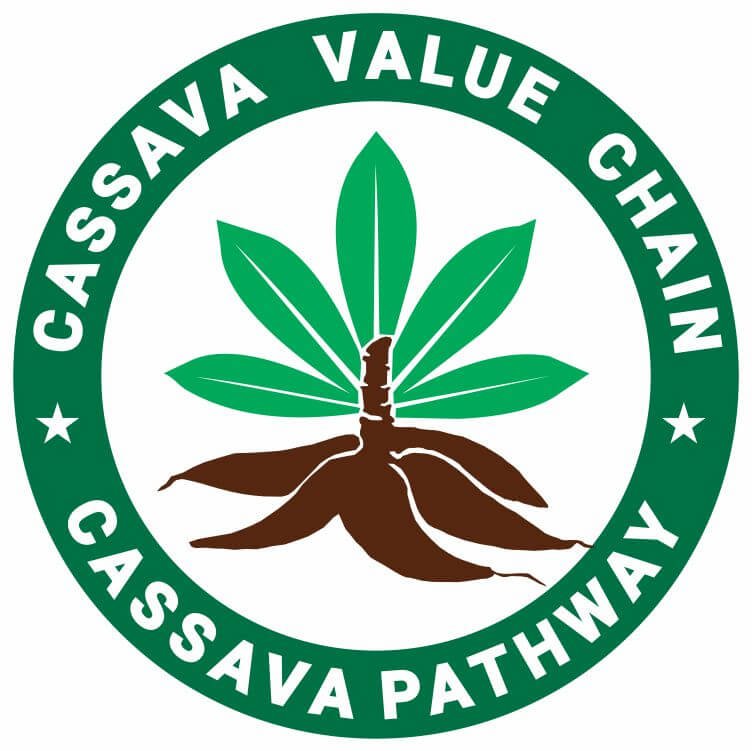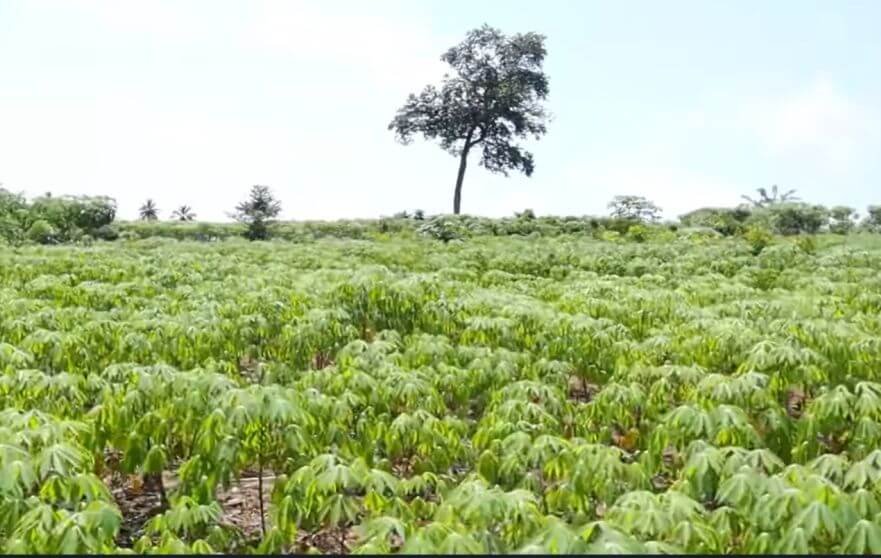Discover the best practices in cassava farming and tips on soil preparation, planting, and crop management for a successful harvest.
Cassava farming is an important agricultural practice that a greater size of the world population depends on, especially in regions where this root crop serves as a staple food.
To achieve a bountiful and high-quality harvest, following best practices in cassava farming is the way to go.
From selecting the right planting material to optimizing soil conditions and employing effective pest control methods, these strategies can significantly enhance productivity.
This guide will walk you through the key practices that ensure successful cassava farming.
Recommended: Cassava: Everything to Know
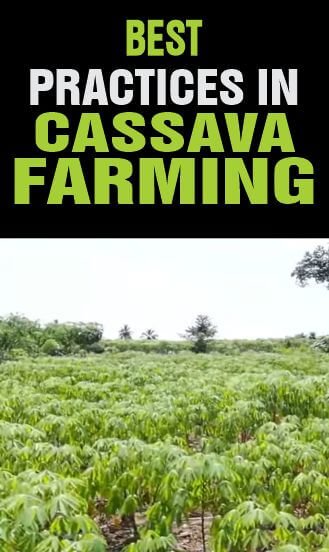
The Best Practices in Cassava Farming
The best practices in cassava farming to ensure bountiful yield are in 6 areas and they include:
- Soil preparation
- Planting techniques
- Nutrient and fertilizer management
- Pest and disease control
- Post-harvest handling
- Crop Rotation
Let’s take a closer look at them:
1. Best Practices in Soil Preparation for Cassava Farming
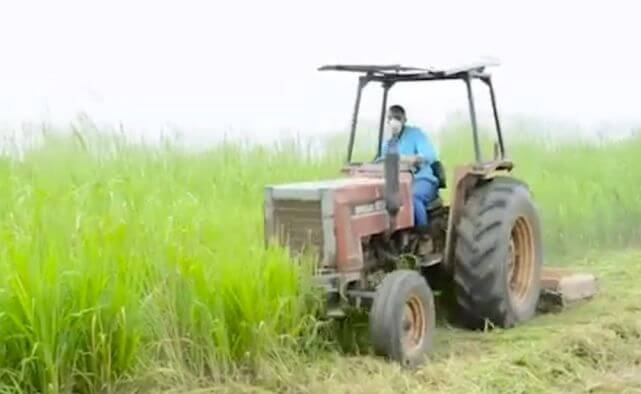
One of the best practices in cassava farming, and effective soil preparation is the bedrock for maximizing cassava yields.
Start with soil testing to assess nutrient content and pH levels, ensuring the soil meets the specific needs of cassava.
This step helps determine if amendments are needed to optimize soil conditions. Next, focus on land preparation by clearing the field of weeds and debris.
Tilling the soil is essential to improve aeration and water infiltration, allowing cassava roots to develop more robustly.
Finally, in areas prone to waterlogging, forming ridges or mounds is vital. These raised planting beds help keep cassava roots dry, preventing rot and enhancing overall plant health.
By following these best practices, farmers can create an ideal environment for cassava cultivation, leading to higher yields and better-quality produce.
Related Posts
Challenges Facing the Cassava Value Chain
How to Start Commercial Cassava Farming
How Long Does it Take Cassava to Mature?
How Cassava Cultivation Affects the Environment
Harvesting Methods for Cassava Roots
2. Best Practices in Planting Techniques of Cassava
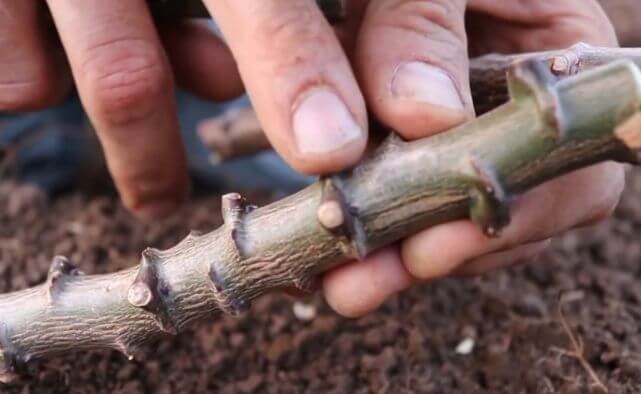
For optimal cassava growth, the best practices in planting techniques should be followed. Begin with selecting cuttings that are healthy, disease-free, and 20-25 cm long, taken from mature plants.
Proper spacing is essential; plant cuttings 1 meter apart to ensure adequate room for growth and good air circulation, which reduces disease risk.
Employ the planting method by inserting cuttings at an angle into prepared mounds or ridges, burying two-thirds of each cutting.
This technique encourages strong root development and prevents waterlogging.
By following these practices, farmers can ensure robust plant establishment and maximize yields.
3. Best Practices in Nutrient Management for Cassava
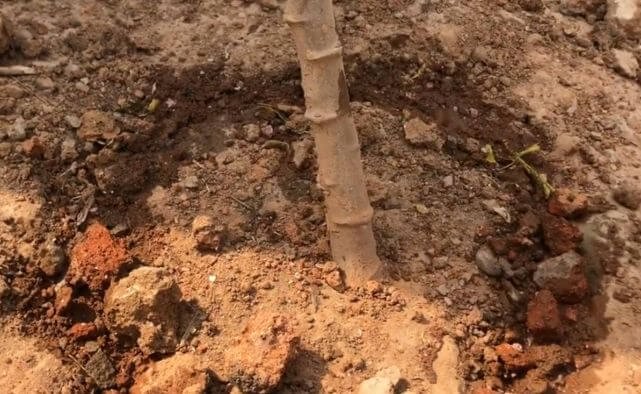
Another best practice in cassava farming is effective nutrient management, which involves providing a balanced supply of essential nutrients such as nitrogen, phosphorus, and potassium.
These nutrients support foliage development, root formation, and overall plant health.
Incorporate organic fertilizers like compost and manure during land preparation to enhance soil fertility and microbial activity.
These fertilizers improve long-term soil health. Additionally, apply inorganic fertilizers in split doses throughout the growth stages to ensure a steady nutrient supply.
This approach maximizes nutrient availability and supports continuous crop development.
By combining organic and inorganic methods, farmers can optimize cassava growth, leading to higher yields and improved plant resilience. See a dedicated article on how to apply fertilizer to cassava for improved productivity.
4. Best Practices in Pest Control in Cassava Farming
Effective pest control in cassava farming should be a priority for every cassava farmer to guarantee healthy crops and high yields.
To maintain best practices, start with selecting pest-resistant cassava varieties to minimize vulnerability.
Regular field monitoring is essential to detect early signs of pest infestation, such as cassava mealybugs or green mites.
Implementing integrated pest management (IPM) techniques, which combine biological, cultural, and chemical methods, helps maintain pest populations at manageable levels.
Biological control, using natural predators like ladybugs, is eco-friendly and sustainable.
Additionally, practice crop rotation and maintain clean fields to disrupt pest life cycles. Use chemical pesticides as a last resort, following recommended guidelines to avoid resistance.
5. Best Practices in Post-Harvest Handling of Cassava
Another area that best practices in cassava farming should not be neglected is post-harvest handling of the cassava roots.
After harvesting, proper post-harvest handling is crucial for maintaining cassava quality. Start with cleaning the tubers to remove soil and debris by gently washing them.
This step prevents contamination and prepares the cassava for further processing or storage.
Next, sort the tubers, separating any that are damaged or diseased to prevent them from spoiling the rest.
Finally, store the cleaned, sorted cassava in a cool, dry place. Proper storage conditions are essential for extending shelf life and preserving the quality of the tubers.
Avoid areas with high humidity or direct sunlight, as these conditions can accelerate spoilage.
By following these best practices, you can ensure that cassava remains fresh and market-ready, maximizing its economic value.
6. Crop Rotation
Crop rotation is a key practice in cassava farming that helps maintain soil fertility and reduce pest and disease pressure.
By alternating cassava with other crops like maize, legumes, or vegetables, you allow the soil to recover nutrients that cassava depletes during growth.
This practice also interrupts the life cycles of pests and diseases specific to cassava, minimizing infestations and improving overall yield.
Rotating crops enhances soil structure, reduces erosion, and supports beneficial soil organisms, creating a healthier growing environment.
In addition, integrating legumes adds nitrogen to the soil naturally, reducing the need for chemical fertilizers.
By practicing crop rotation, farmers protect their land, increase productivity, and ensure sustainable cassava cultivation over the long term.
Final Word from Cassava Pathway
Implementing best practices in cassava farming is the secret to achieving a successful and profitable harvest.
By focusing on proper soil preparation, planting techniques, nutrient management, and effective pest control, farmers can enhance crop quality and yield.
Additionally, paying attention to post-harvest handling and market preparation ensures that the cassava reaches consumers in the best possible condition.
Adopting these strategies not only boosts productivity but also contributes to the sustainability and long-term success of cassava farming.
References
- https://scripts.farmradio.fm/radio-script/backgrounder-good-agricultural-practices-cassava-production-case-cote-divoire/
- https://farms.trwconsult.com/step-by-step-procedures-to-cultivate-your-cassava/

Chimeremeze Emeh is a writer and researcher passionate about Africa’s most transformative root crop—cassava. Through his work at cassavavaluechain.com, he explores the entire cassava industry, from cultivation and processing to its diverse applications in food, health, and industrial use.
He also writes for palmoilpalm.com, where he shares his extensive experience and deep-rooted knowledge of palm oil, covering red palm oil, palm kernel oil, and refined products. His work there reflects his lifelong connection to agriculture and his commitment to promoting sustainable value chains in Africa.
Driven by curiosity and purpose, Chimeremeze aims to shed light on how cassava continues to empower communities, strengthen food systems, and link traditional farming wisdom with modern innovation.
